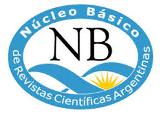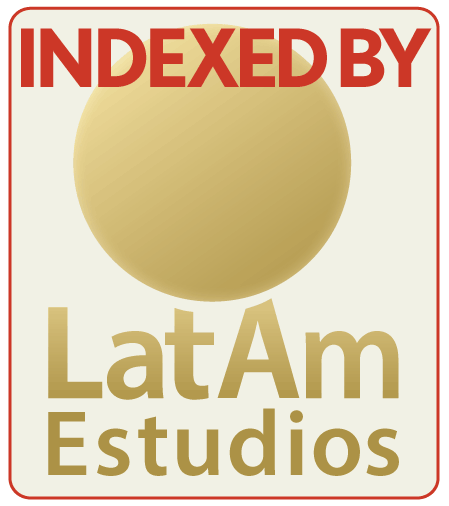Actividades económicas locales y regionales desarrolladas por las elites en Santiago del Estero. El caso de Alfaro y sus descendientes durante 1700-1750
DOI:
https://doi.org/10.24215/23139048e008Keywords:
Alfaro, Red familiar, Camino del Palomar, inversiones, comerciantesAbstract
El presente trabajo de investigación posee sus inicios a partir de lecturas que fueron incrementando una inquietud que posee nombre y apellido: Alonso de Alfaro. Entre las bibliografías escritas por diversos autores santiagueños, existen referencias acerca de la importancia política, militar y religiosa que tuvo Alfaro en relación a sus actuaciones desarrolladas en el cabildo durante las primeras décadas del siglo XVIII. Sin embargo, las fuentes consultadas no poseen investigaciones relacionadas a las actividades económicas desempeñadas por Alfaro, algo que evidentemente fue una constante en la región debido a que un personaje destacado en la política y en las armas también era un comerciante fletador o un inversionista inmobiliario. Por estas cuestiones, trataremos de responder al siguiente interrogante: ¿cuál fue la importancia económica que tuvo Alfaro en Santiago del Estero y en el resto de las ciudades integrantes de la región del Tucumán?
Una vez que estuvieron agotados los libros con referencias políticas al teniente de gobernador y mientras avanzábamos búsqueda de la información en el Archivo Histórico y en la Dirección General de Catastro (ambos organismos situados en Santiago del Estero), las reseñas hacia Alfaro se fueron direccionando desde las mencionadas actividades hacia el comercio local y regional y a las inversiones inmobiliarias rurales y urbanas efectuadas por él mismo o por la red familiar que fue confeccionada de acuerdo a los casamientos estratégicos de sus hijas y su nieta.
Downloads
Downloads
Published
How to Cite
Issue
Section
License
The acceptance of an original by the journal implies the non-exclusive transfer of the economic rights of the authors in favor of the editor, who allows reuse, after editing (postprint), under a Creative Commons Attribution License -NonCommercial-ShareAlike 4.0 International (CC BY-NC-SA 4.0)
In accordance with these terms, the material can be shared (copied and redistributed in any medium or format) and adapted (remixed, transformed and created from the material another work), provided that a) the authorship and original source of its publication (magazine and URL of the work), b) is not used for commercial purposes and c) the same license terms are maintained.
The transfer of non-exclusive rights implies that after its publication (postprint) in Cuadernos de H ideas the authors can publish their work in any language, medium and format; in such cases, it is requested that it be stated that the material was originally published in this journal.
Such assignment also implies the authorization of the authors for the work to be harvested by SEDICI, the institutional repository of the National University of La Plata, and be disseminated in the databases that the editorial team considers appropriate for increase the visibility of the publication and its authors.
Likewise, the journal encourages the authors so that after their publication in Cuadernos de H ideas they deposit their productions in other institutional and thematic repositories, under the principle that offering society scientific and academic production without restrictions contributes to a greater exchange of global knowledge.










.png)

























